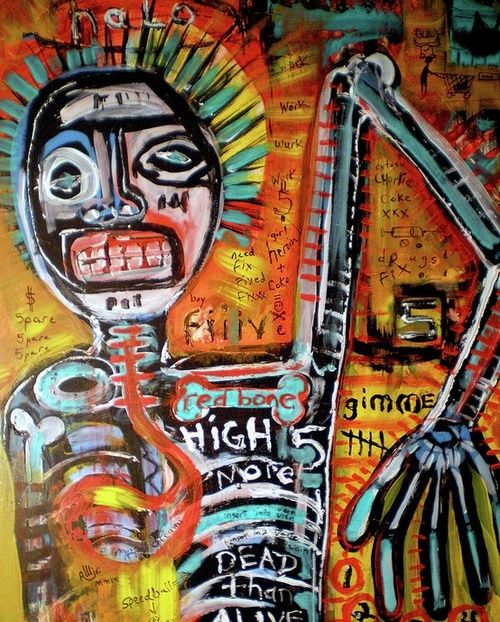Neo-Expressionism comprised a varied assemblage of young artists who had returned to portraying the human body and other recognizable objects, in reaction to the remote, introverted, highly intellectualized abstract art production of the 1970s. The movement was linked to and in part generated by new and aggressive methods of salesmanship, media promotion, and marketing on the part of dealers and galleries. It was a diverse art movement that dominated the art market in Europe and the United States during the early and mid-1980s.
Neo-Expressionist paintings are typically large and rapidly executed, sometimes with found objects embedded in their surfaces. They are usually figurative, often with violent or doom-laden subjects, occasionally, the image is nearly lost in the welter of surface activity. It developed in the late 1970s as a reaction against conceptual art and minimalism, and became a dominant force in avant-garde art during the 1980s, especially in the USA, Germany, and Italy.
Neo-expressionists returned to portraying recognizable objects, such as the human body (although sometimes in a virtually abstract manner), in a rough and violently emotional way using vivid colors and banal color harmonies.
Neo-Expressionist paintings themselves, though diverse in appearance, presented certain common traits. Among these were: a rejection of traditional standards of composition and design; an ambivalent and often brittle emotional tone that reflected contemporary urban life and values; a general lack of concern for pictorial idealization; the use of vivid but jarringly banal color harmonies; and a simultaneously tense and playful presentation of objects in a primitivism manner.
